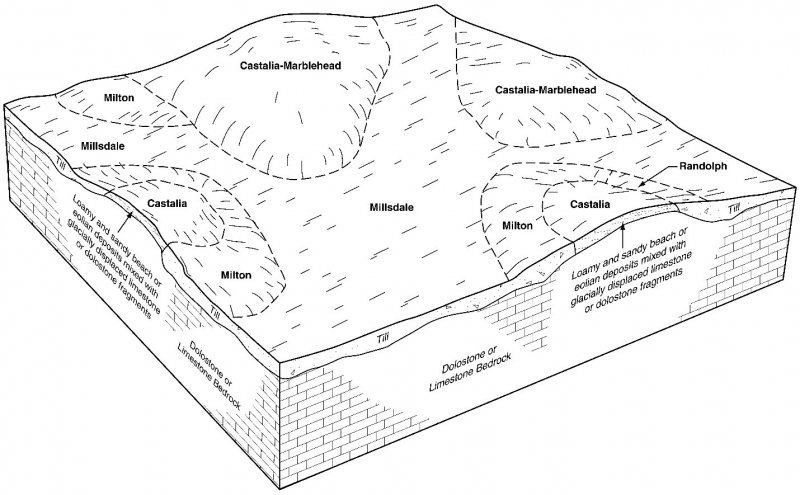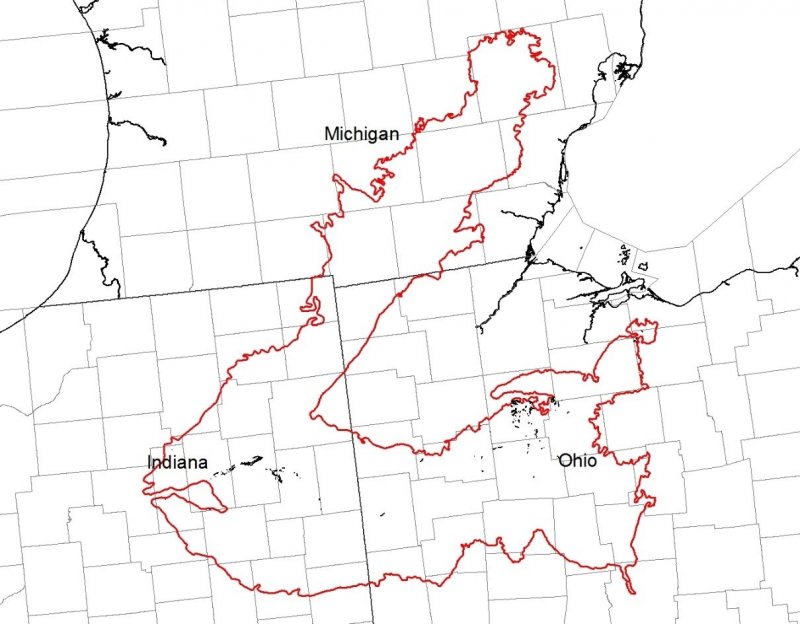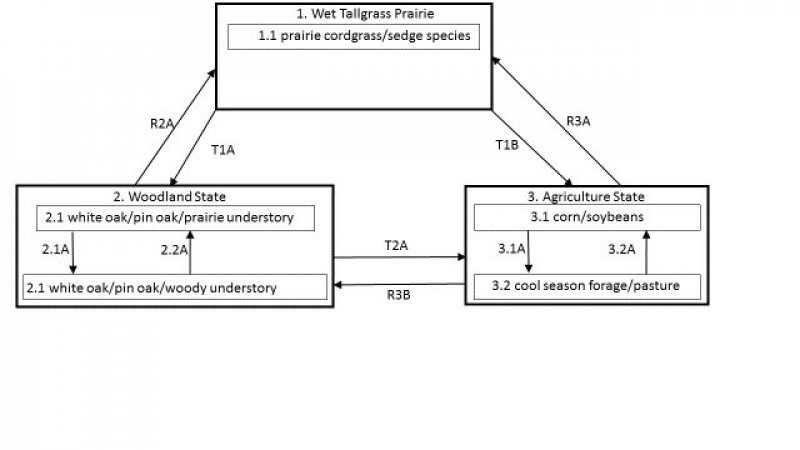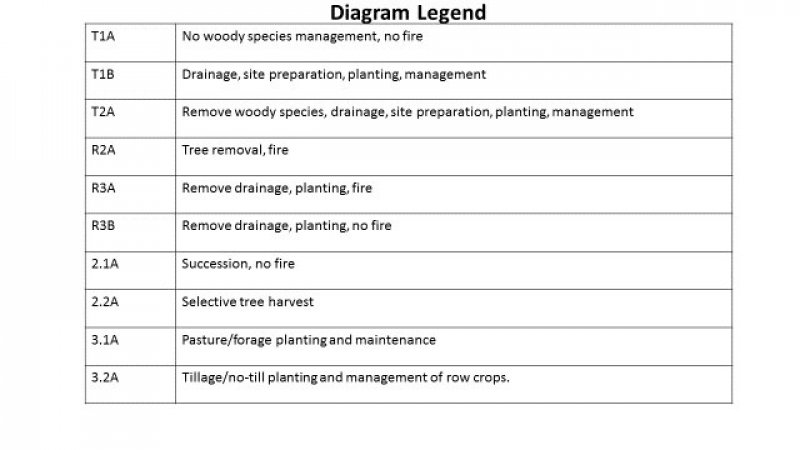
Natural Resources
Conservation Service
Ecological site R111XB301IN
Dark Bedrock Prairie
Last updated: 9/11/2024
Accessed: 12/21/2025
General information
Provisional. A provisional ecological site description has undergone quality control and quality assurance review. It contains a working state and transition model and enough information to identify the ecological site.
MLRA notes
Major Land Resource Area (MLRA): 111X–Indiana and Ohio Till Plain
111B – Indiana and Ohio Till Plain, Northeastern Part. This area is in the Eastern Lake and Till Plains Sections of the Central Lowland Province of the Interior Plains. The entire MLRA is glaciated, and most areas are dominated by ground moraines that are broken in places by lake plains, outwash plains, flood plains, and many recessional moraines. The ground moraines and lake plains in front of the recessional moraines are flat to undulating. In many places stream valleys occur at the leading edge of the recessional moraines. Narrow, shallow valleys commonly are along the major rivers and streams in this MLRA, and some areas along the major rivers and streams have deposits of sand. Elevation ranges from 630 to 1,550 feet (190 to 470 meters), increasing gradually from west to east. Relief is mainly a few meters, but in some areas hills rise as much as 100 feet (30 meters) above the adjoining plains.
The extent of the major Hydrologic Unit Areas (identified by four-digit numbers) that make up this MLRA is as follows: Western Lake Erie (0410), 41 percent; Wabash (0512), 28 percent; Scioto (0, 28 percent; Scioto (0506), 10 percent; St. Clair-Detroit (0409), 9 percent; Great Miami (0508), 6 percent; Southeastern Lake Michigan (0405), 5 percent; and Southwestern Lake Huron (0408), 1 percent. The Huron River in Michigan, Cedar Creek in Indiana, and the Sandusky River in Ohio have been designated as National Wild and Scenic Rivers in this MLRA.
The surficial materials in this area include glacial deposits of till, outwash, and lacustrine sediments from Wisconsin and older glacial periods. A thin mantle of loess occurs in some areas. Most of the MLRA is underlain by Silurian and Devonian limestone and dolostone. Middle Devonian to Early Mississippian black shale and Early to Middle Mississippian siltstone and shale are in some areas of the northern part of the MLRA.
Classification relationships
Major Land Resource Area (USDA-Natural Resources Conservation Service, 2006)
USFS Ecological Regions (USDA, 2007):
Sections –Central Till Plains, Beech Maple (222H), South Central Great Lakes (222J)
Subsections – Bluffton Till Plains (222Ha), Bluffton-Ann Arbor Till Plains (222Je), Jackson Interlobate Moraine (222Jg), Steuben Interlobate Moraines (222Ji)
NatureServe Systems anticipated (NatureServe, 2011): Agriculture - Cultivated Crops and Irrigated Agriculture, Central Tallgrass Prairie
LANDFIRE Biophysical Settings anticipated (USGS, 2010): Central Tallgrass Prairie
Ecological site concept
This site is an upland site formed on bedrock parent materials overlain by till. It is located on summits, shoulders, footslopes, and backslopes on relatively shallow slopes up to an average maximum of 4%. The soil surface color is dark (3/2 Munsell or darker) extends beyond 10 inches making them taxonomically mollisols.
The characteristic vegetation of this site is that of a prairie dominated by tall-grass prairie species, principally prairie cordgrass, sedge, and oak species. Secondary grass species on the site include big bluestem, little bluestem, and porcupine grass with a diverse assemblage of forb species. Trees were present in small numbers and were patchily dispersed on the site. Those that did occur were fire tolerant species, mostly oaks, and were often found in only a grub form as the top was repeatedly killed by fire. This is a fire dependent system with an average return interval of less than 5 years, which maintained the dominance of herbaceous species. Due to the productiveness of the mollisols in which this site is found on, the majority of this site has been converted for agricultural production. Areas that have not been converted to agricultural use are now mostly in a woodland state as the fire cycle has been altered and in most cases completely eliminated.
Associated sites
| F111XB302IN |
Mesic Bedrock Forest Mesic Bedrock Forest. Soil surface is light in color and are poorly to somewhat poorly drained. |
|---|---|
| F111XB303IN |
Dry Bedrock Forest Dry Bedrock Forest. Soil surface is light in color and are moderately well drained or drier. |
Similar sites
| R111XB001IN |
Mineral Muck Mineral Mucky Prairie |
|---|---|
| R111XB401IN |
Wet Outwash Mollisol Wet Outwash Mollisol |
| R111XB402IN |
Dry Outwash Integrade Dry Outwash Integrade |
Table 1. Dominant plant species
| Tree |
Not specified |
|---|---|
| Shrub |
Not specified |
| Herbaceous |
(1) Spartina pectinata |
Click on box and path labels to scroll to the respective text.



